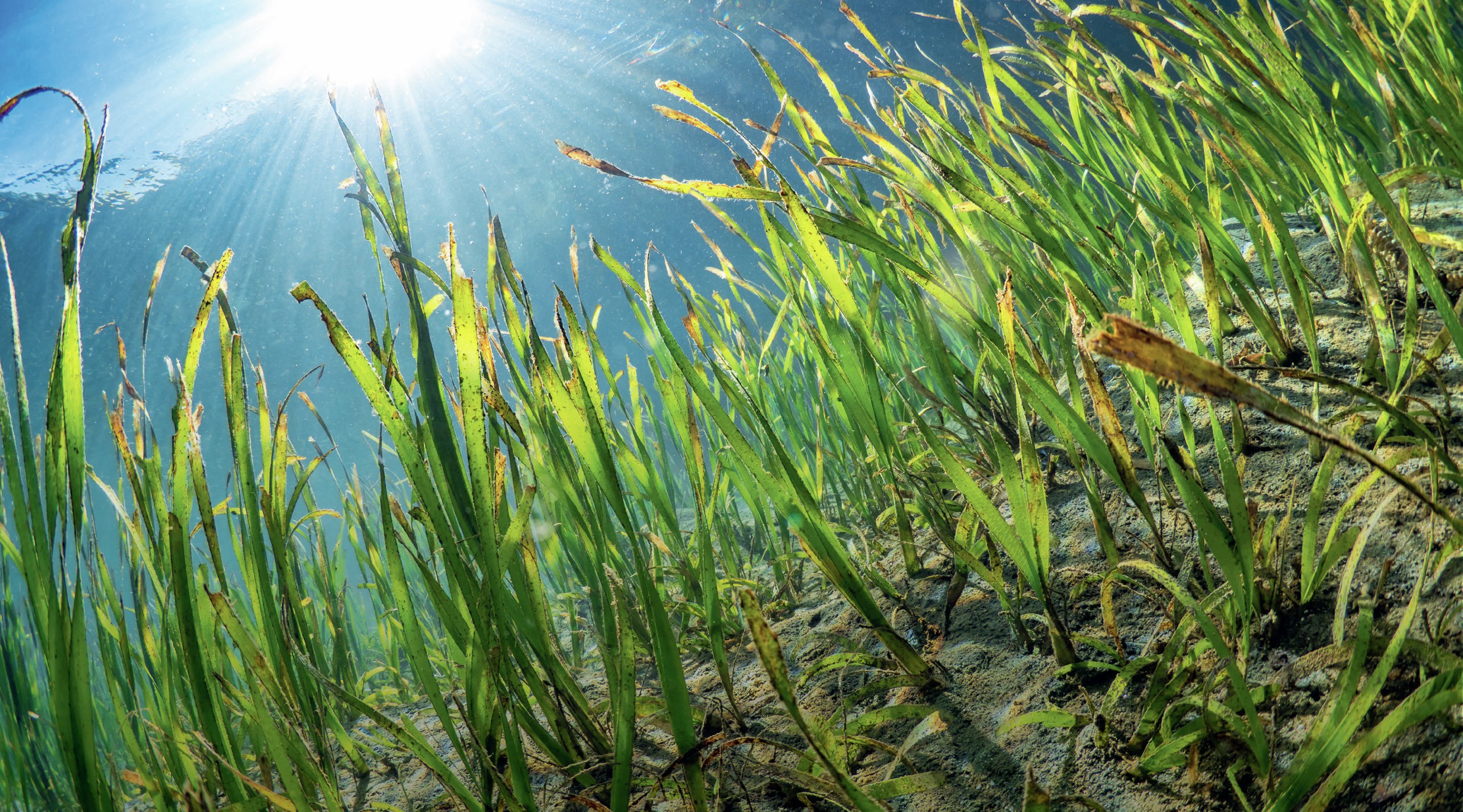
We tend to take grasses for granted. Whether playing football, eating cornflakes or lying on a beach mat, we seldom acknowledge the crucial role played by these versatile plants.
Most humans rely on one or more of the 3500 or so species of grasses – such as corn, wheat and rice – for food. However, all of us – through the air that we breathe – benefit from grassy meadows that few of us have seen. Just 1m2of these underwater meadows of seagrass has been estimated to produce 10dm 3of oxygen per day. When the sun is shining, a healthy clump of seagrass gives off bubbles so plentifully that the water looks like champagne.
Your organisation does not have access to this article.
Sign up today to give your students the edge they need to achieve their best grades with subject expertise
Subscribe




